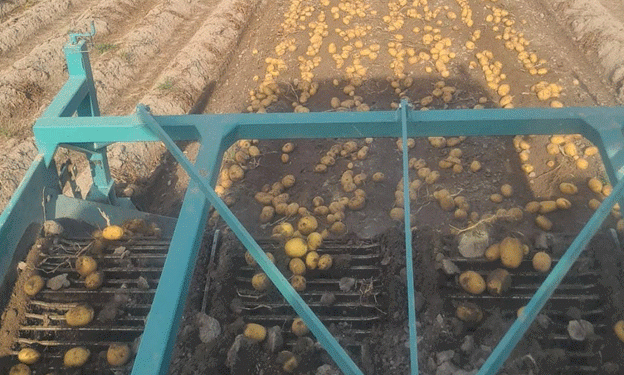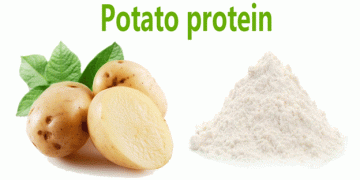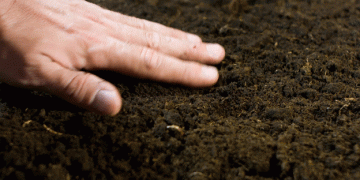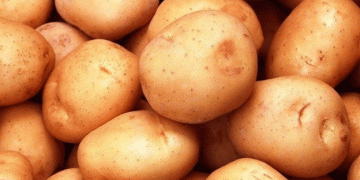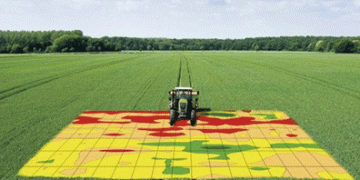The Pressing Demand for Potatoes in Spain Accelerates Harvest Schedules
In recent months, potato producers in Spain, particularly in Castilla y León, have faced significant pressure to expedite their harvests. A combination of lower-than-expected yields and robust market demand has driven this urgency. This acceleration in harvest schedules has been a response to substantial gaps in supply, compelling producers to harvest potatoes earlier than usual to meet market needs.
Current Production and Market Dynamics
According to Eduardo Arroyo, president of the Asociación de Productores de Patata de Castilla y León (Appacyl), the current production levels are considerably lower than in previous years. The average yield this season is around 40 tons per hectare, with only a few exceptions reaching close to 50 tons per hectare. This marks a significant 15% decrease compared to the previous year’s production, which saw yields 10-15% higher than a normal year. One primary reason for the reduced yield is the adverse planting conditions, where wet soil hindered optimal potato development.
Despite these challenges, the quality of the potatoes remains high. The Colomba variety, known for its rapid growth and high yield, has not reached the expected production levels of 60 tons per hectare this year. This shortfall in quantity is partially being compensated by the strong market prices, currently exceeding €0.50 per kilogram. Arroyo notes that this price level is sustainable in the short term due to the high demand and limited supply, suggesting a stable market for at least the next 20 days.
Regional and International Context
The surface area dedicated to potato cultivation in Castilla y León has slightly increased from 16,926 hectares in 2023 to 17,290 hectares in 2024. This expansion has occurred despite initial concerns about seed shortages. Notably, Valladolid and Salamanca have almost equal cultivation areas, with 4,714 and 4,707 hectares respectively. Segovia follows as the third-largest producer with 1,819 hectares, while Soria and Palencia lag with significantly smaller areas.
This local scenario is mirrored internationally, with countries like France experiencing similar pressures. The European market, in general, is facing a potato shortage, intensifying the demand across borders. This shortage is likely to persist until the autumn harvests, particularly for varieties like Agria, which are scheduled for October.
The current situation in the Spanish potato market is characterized by an urgent need to balance supply and demand. While early harvests help address immediate shortages, they also pose challenges in terms of yield and quality. Producers in Castilla y León are navigating these complexities by leveraging high market prices to offset the reduced quantities. The ongoing demand, both domestically and internationally, suggests that the potato market will remain active and potentially lucrative for producers who can effectively manage their harvests in these constrained conditions.
